What Are Double Blooms: Understanding Flowers With Extra Petals
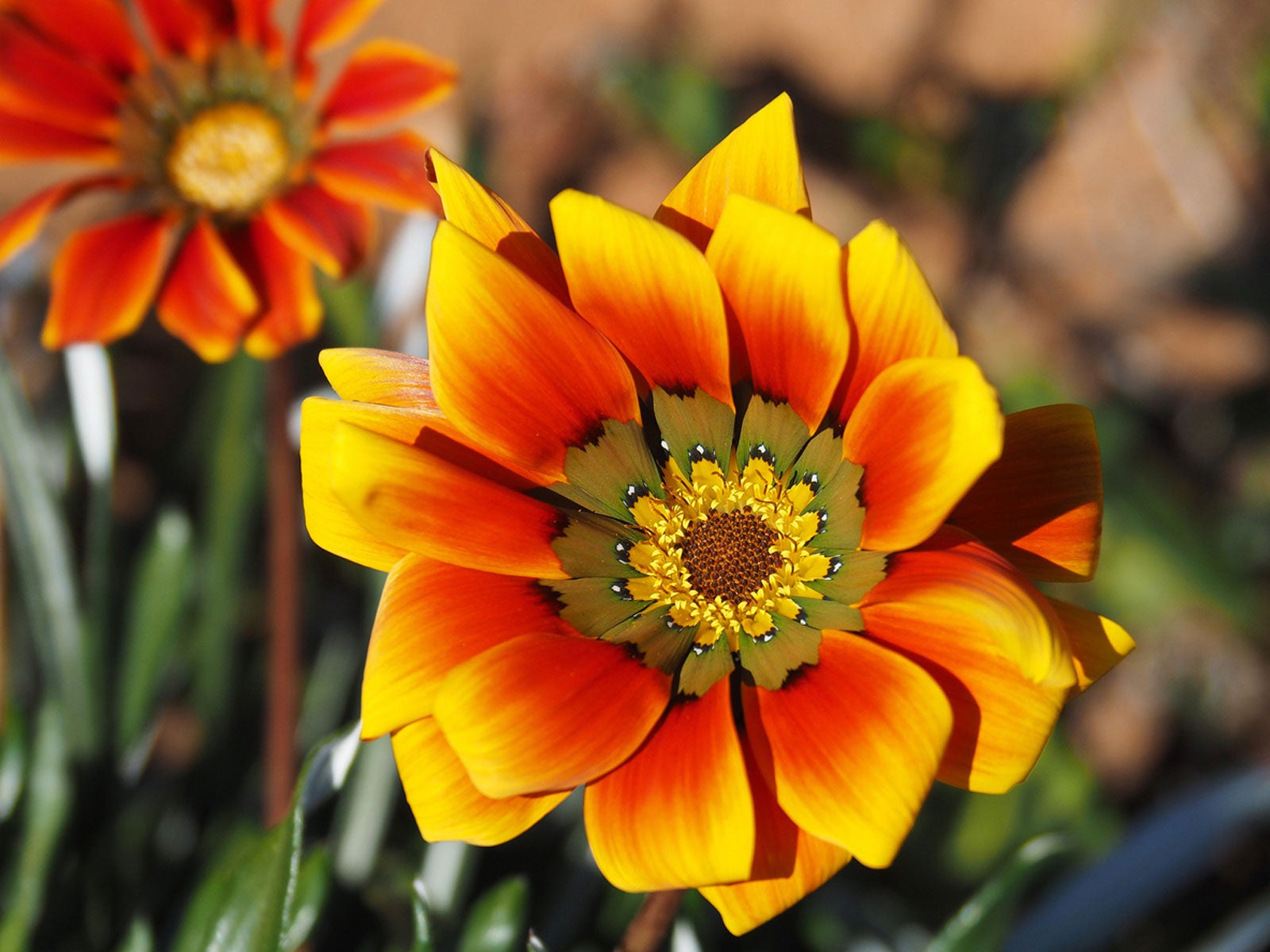

Double flowers are showy, textured blooms with multiple layers of petals. Some are so flush with petals they look as if they barely fit. Many different flower species can produce double blooms, and some do almost exclusively. Roses, for instance, are mostly double blooms. If you’re wondering how and why this happens, you have to look at a plant’s DNA.
What are Double Blooms?
You likely know double flowers when you see them, but what exactly is the definition of this phenomenon or bloom type? A single flower has a certain number of petals, although this number can vary by species. For example, the American Rose Society defines a single rose as having just four to eight petals per flower.
Double flowering plants have some multiple of the number of petals on a single bloom. A double rose has 17 to 25 petals. There are also semi-doubles, flowers with a number of petals somewhere between single and double. Some gardeners and horticulturists label some varieties as full or very full, with even more petals than a double flower.
What Causes Double Blooms?
Flowers with extra petals are mutants. Wild-type flowers are singles. A mutation in the genes of these can lead to double blooms. In terms of typical evolution, this mutation does not give a plant an advantage. The extra petals develop from the reproductive organs, so double blooms are typically sterile. They can’t reproduce.
Since they don’t have pollen, double flowering plants tend to stay open longer than single flowers. It is as if they are waiting for pollinators that just aren’t coming. The showiness of the double petals, plus the longer bloom time, has made these mutants desirable for us in the garden.
We have kept them going by cultivating them specifically for these petal traits. In this sense, the mutation does have an evolutionary advantage. Double blooms are attractive and last longer, however, keep in mind that they won’t feed your local bees and other pollinators.
Gardening tips, videos, info and more delivered right to your inbox!
Sign up for the Gardening Know How newsletter today and receive a free copy of our e-book "How to Grow Delicious Tomatoes".

Mary Ellen Ellis has been gardening for over 20 years. With degrees in Chemistry and Biology, Mary Ellen's specialties are flowers, native plants, and herbs.
-
 Looking For Plants To Give You The Soft And Fuzzies? Try These 5 Fuzzy Leaf Plant Options
Looking For Plants To Give You The Soft And Fuzzies? Try These 5 Fuzzy Leaf Plant OptionsLovers of texture, drama, silver foliage and tactile plants will adore these special sensory garden additions. These fuzzy leaf plant options will leave you all aglow
By Susan Albert
-
 Get Ready For A Summer Of Hummers! Grow These Full Sun Hummingbird Plants and Flowers
Get Ready For A Summer Of Hummers! Grow These Full Sun Hummingbird Plants and FlowersIf you’re lucky enough to enjoy a sunny backyard, make sure you are maxing out on your pollinator opportunities and grow these full sun hummingbird plants and flowers
By Tonya Barnett
-
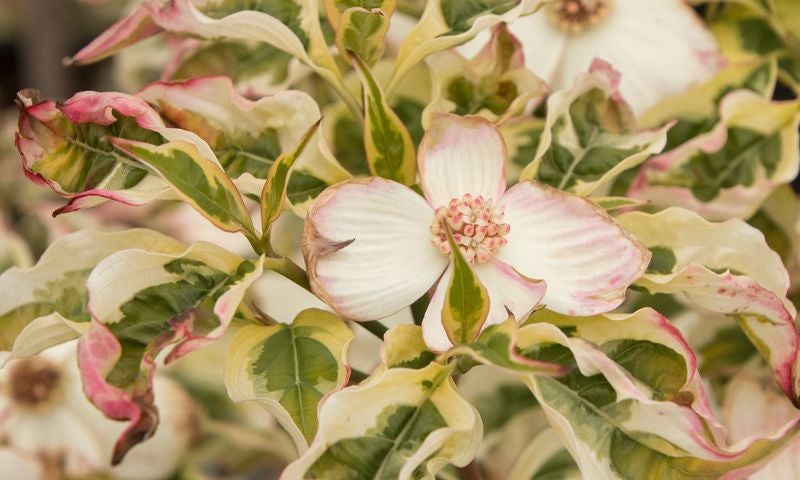 20 Hard-to-Find Spring Flowers & Plants That Look Amazing All Season
20 Hard-to-Find Spring Flowers & Plants That Look Amazing All SeasonIt’s finally beginning to look like spring! If you’re eager to find some unique, hard-to-find varietals to satisfy your spring fever, look here first.
By Caroline Bloomfield
-
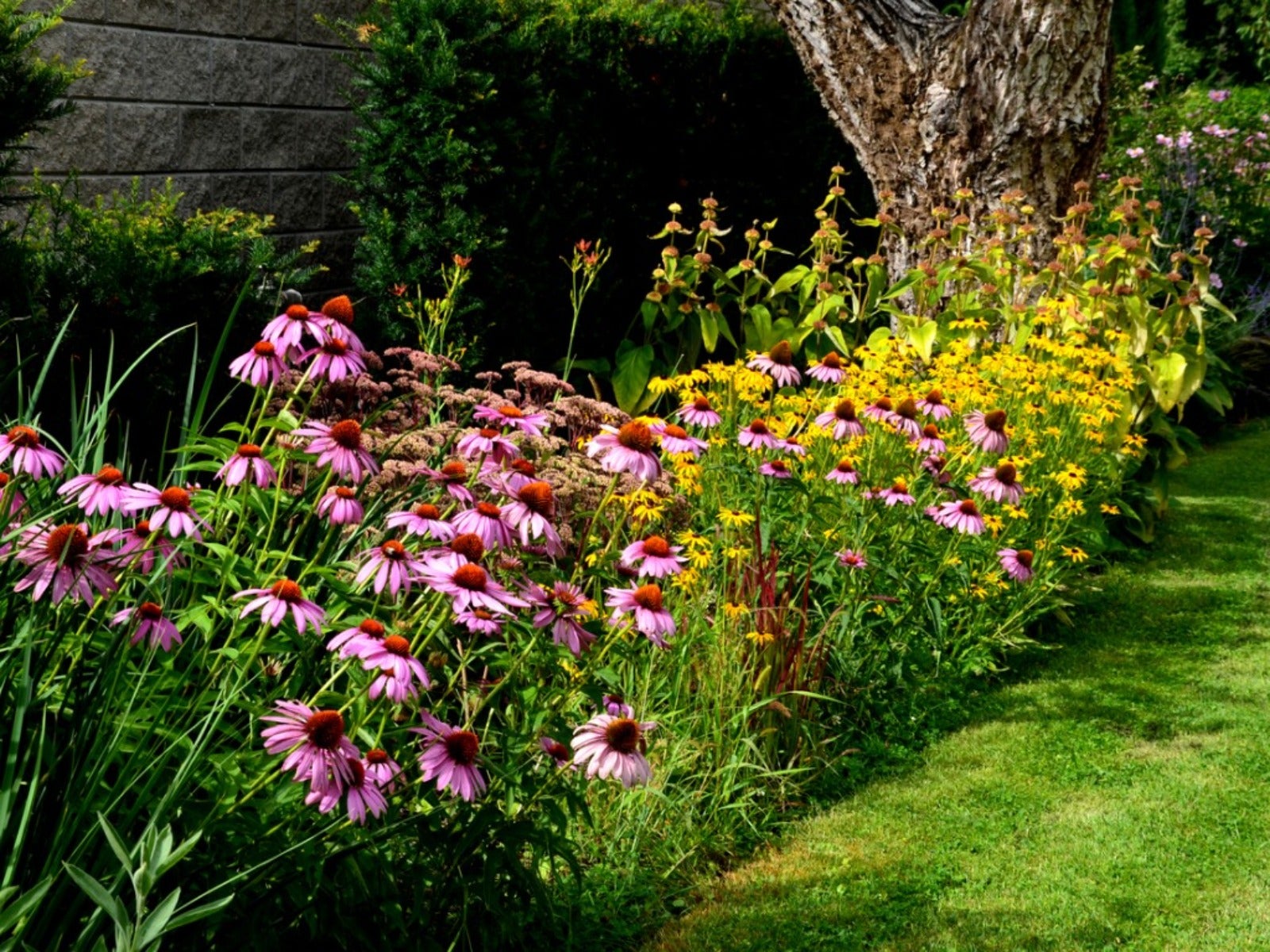 How Wildflower Strips Help Attract Pollinators To Your Yard
How Wildflower Strips Help Attract Pollinators To Your YardIf you have a small garden spot or strip available, fill it with wildflowers for our hungry pollinators. Click to learn more.
By Tonya Barnett
-
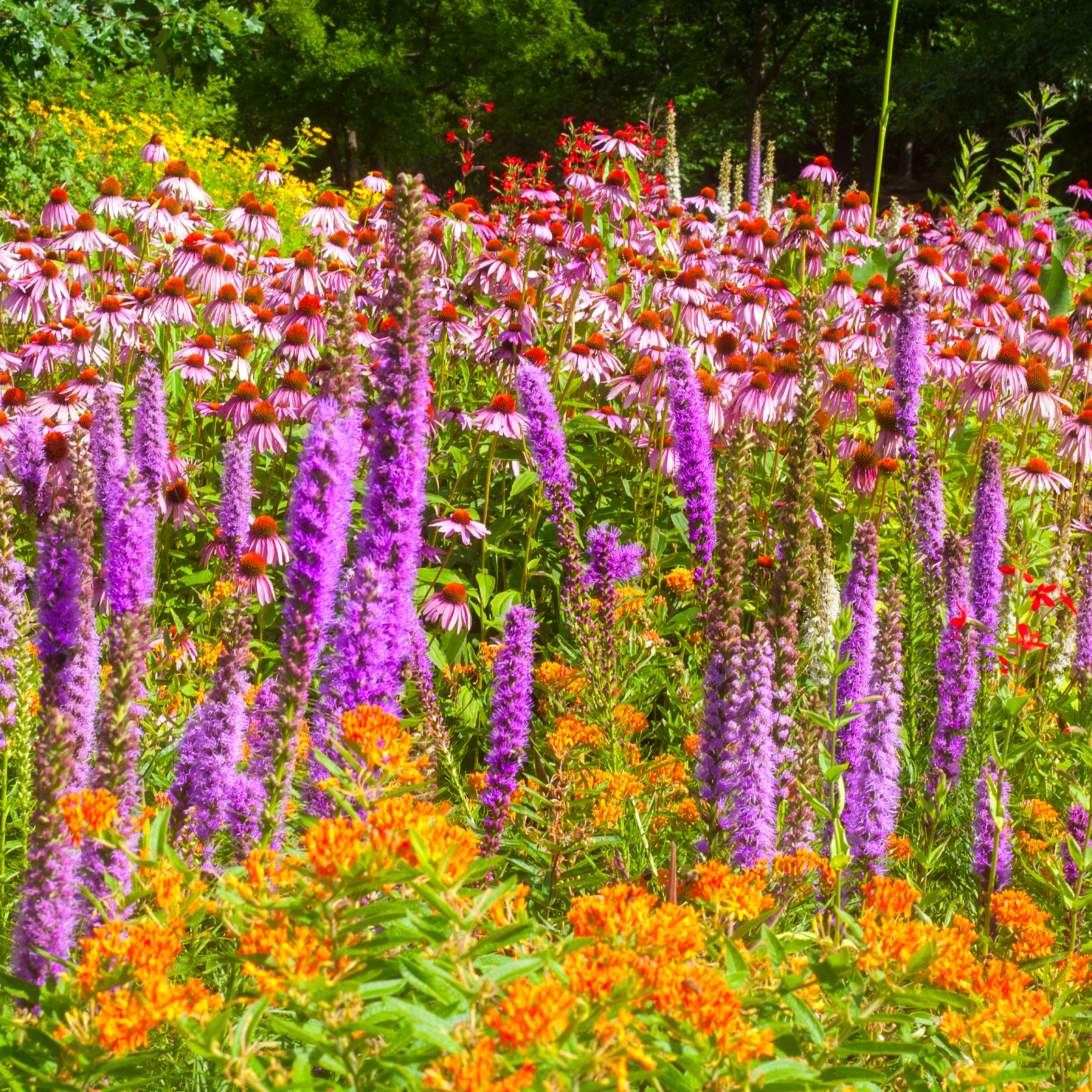 10 Knockout Native Flowers To Add A Punch Of Color To Your Garden
10 Knockout Native Flowers To Add A Punch Of Color To Your GardenGrowing native is the way to go. See our list of ten native wildflowers that will knock you out with color.
By Amy Grant
-
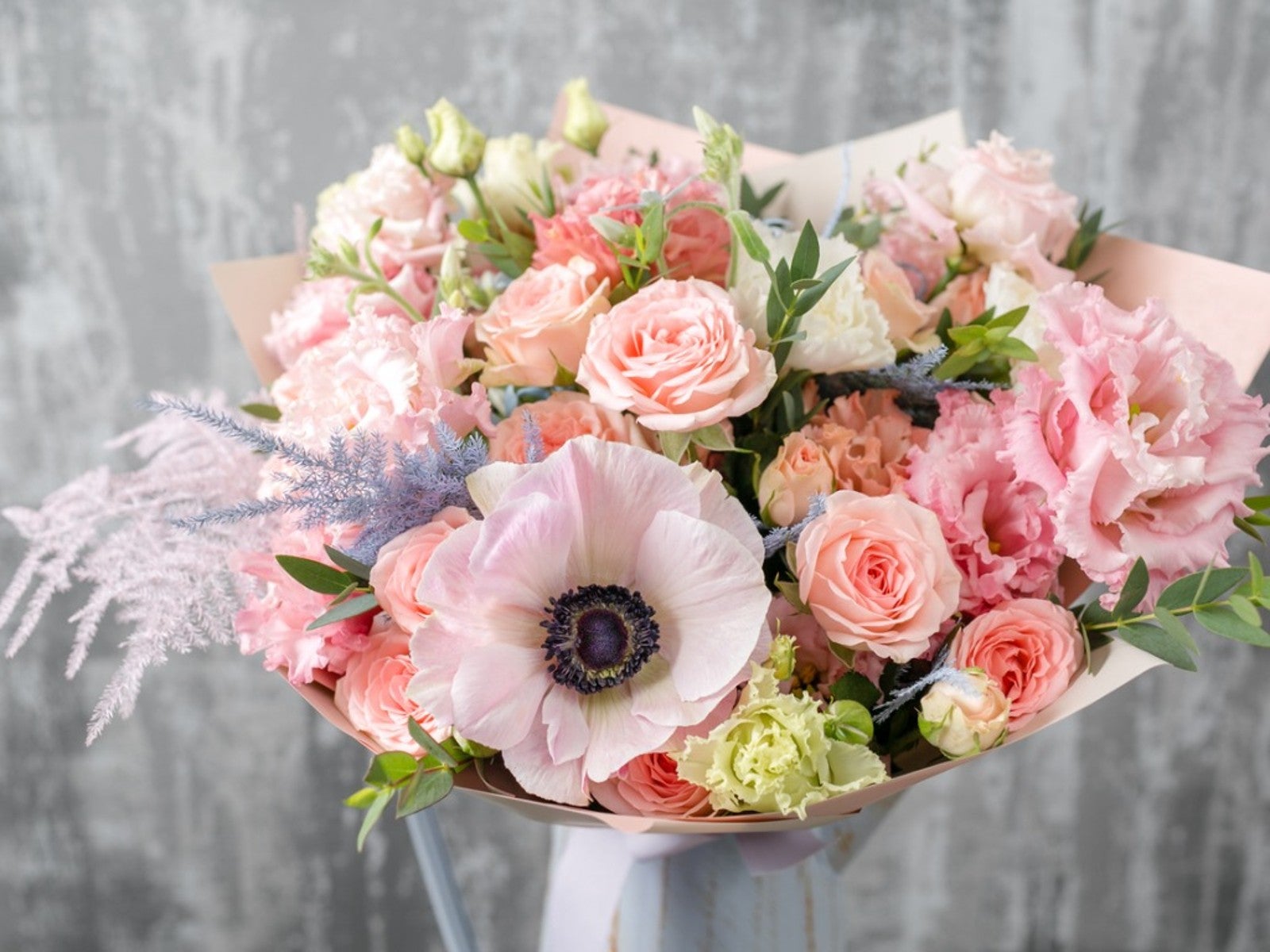 Pretty Plants For A Pastel Flower Bouquet
Pretty Plants For A Pastel Flower BouquetRoses aren’t the only romantic flower. Some romantic pastel flowers can fill in beautifully.
By Tonya Barnett
-
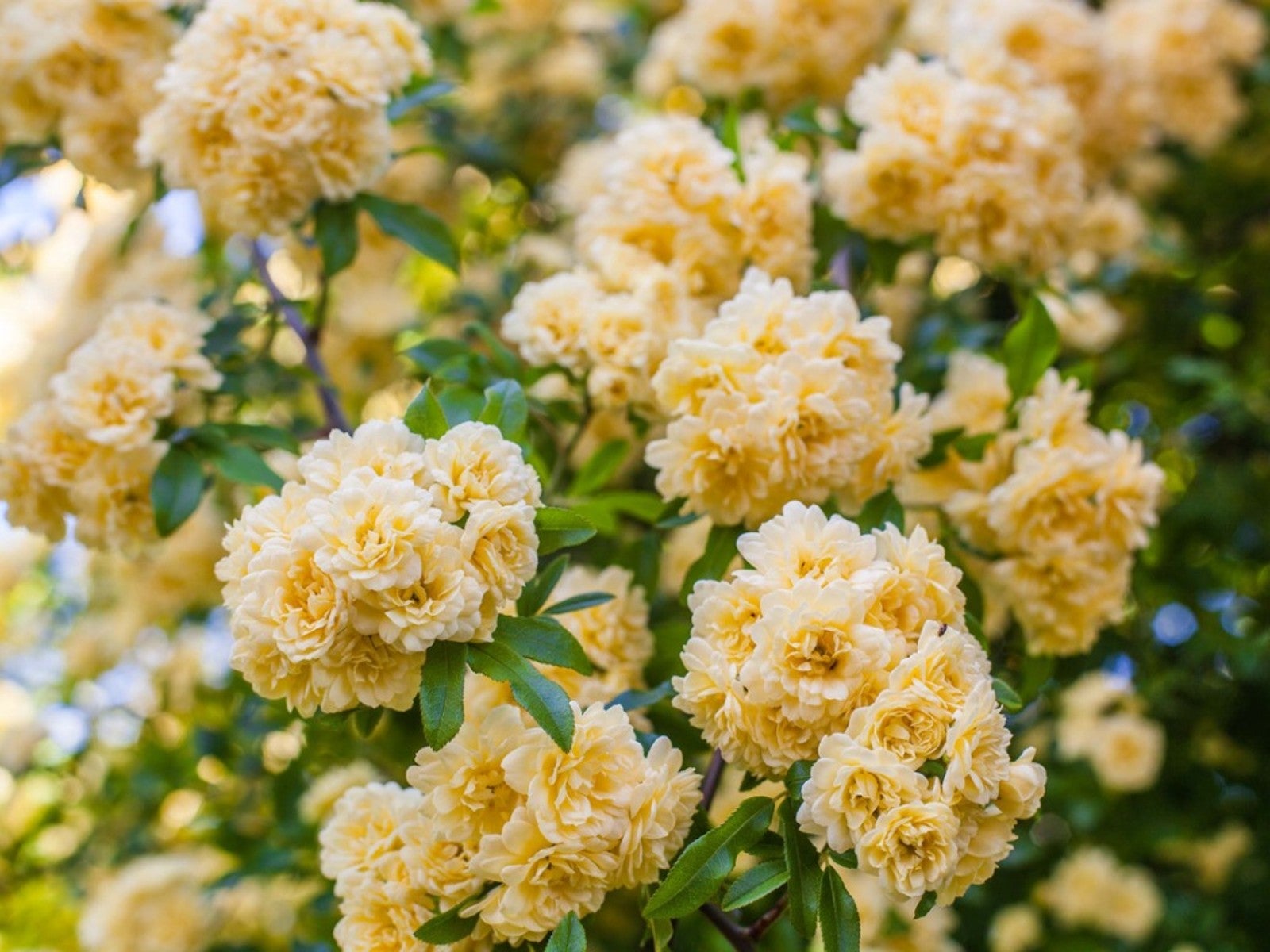 Soft Yellow Plants For A Sunny Pastel Garden
Soft Yellow Plants For A Sunny Pastel GardenClick here for ideas on some pale yellow flower varieties for pastel garden designs.
By Tonya Barnett
-
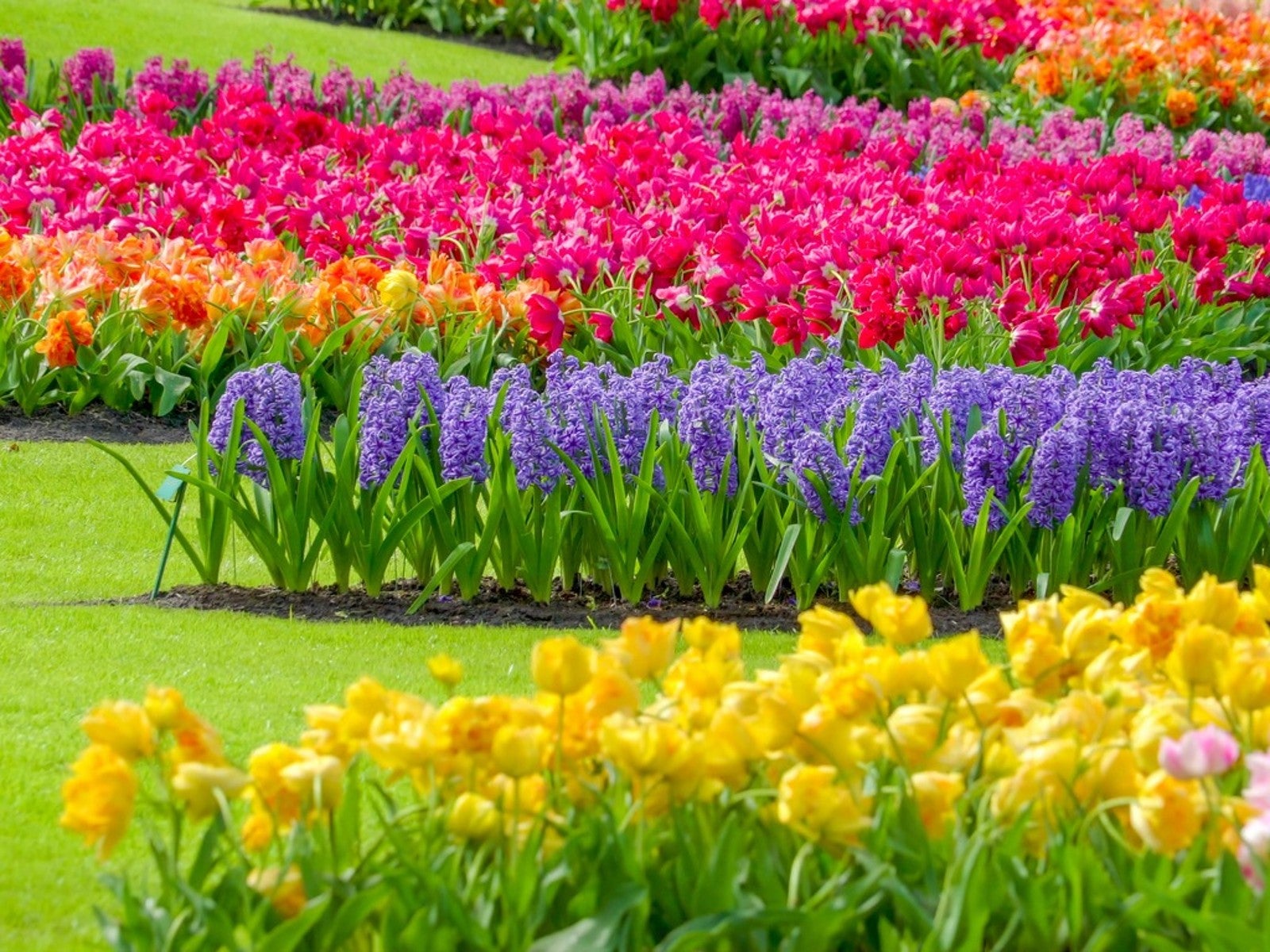 Most Common Flower Color In The World
Most Common Flower Color In The WorldWhat are the most common and least common flower colors in the world? Click here to find out.
By Mary Ellen Ellis
-
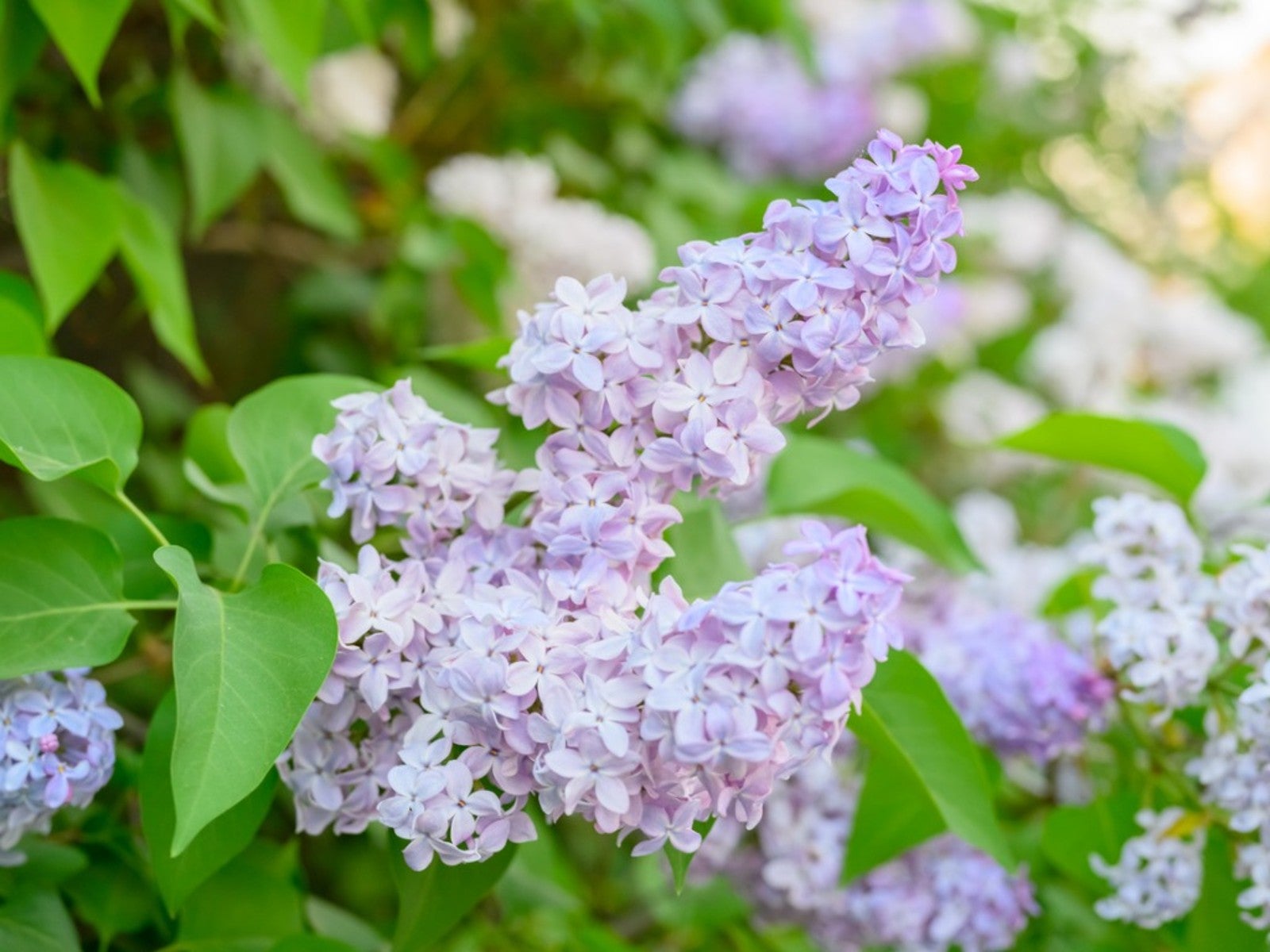 Pastel Plants For A Lovely, Light Purple Flower Garden
Pastel Plants For A Lovely, Light Purple Flower GardenClick here for ideas on some light purple plants for a pretty, pastel garden display.
By Tonya Barnett
-
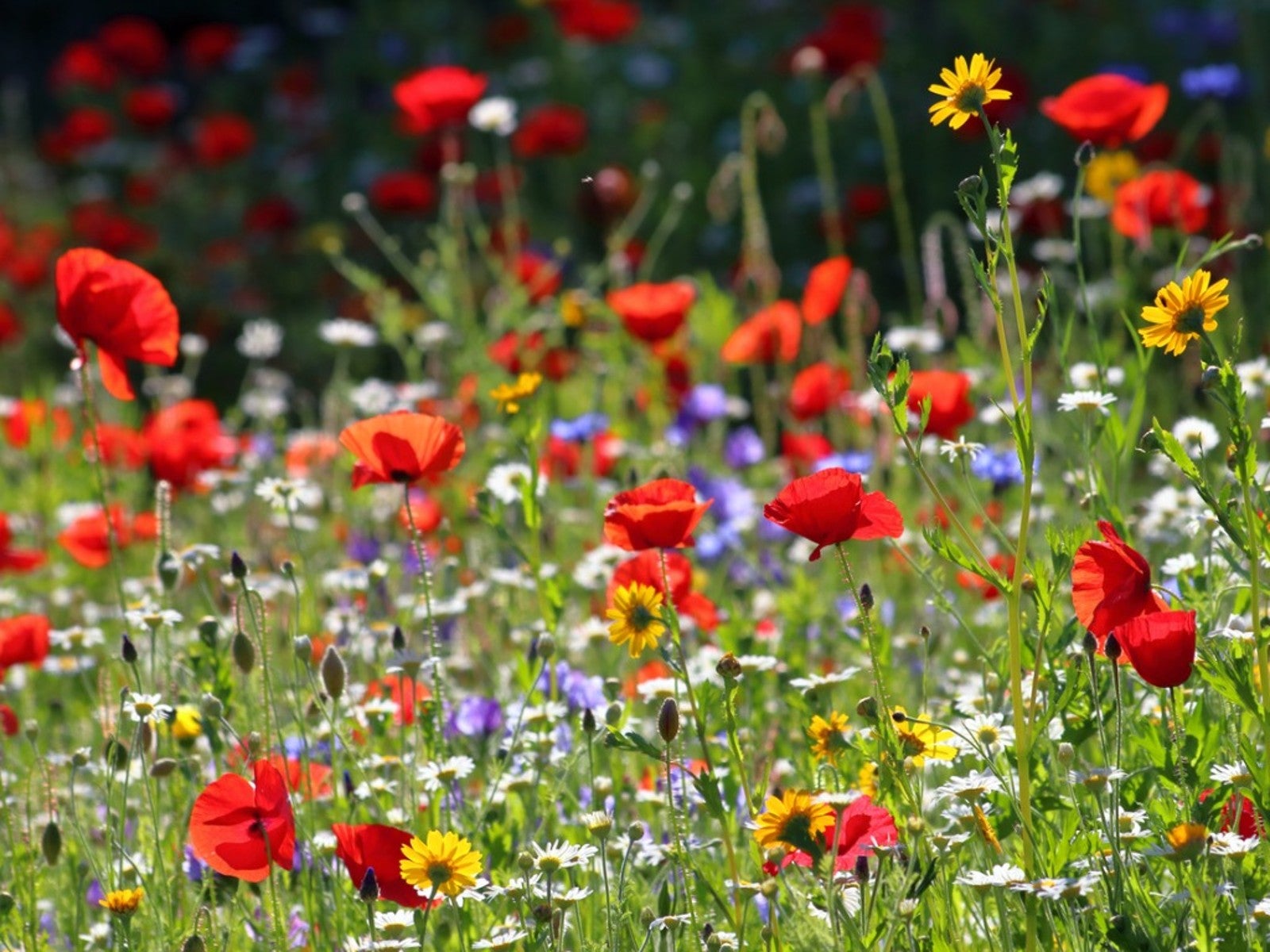 Plant Wildflower Seeds In Fall for A Stunning Spring Display
Plant Wildflower Seeds In Fall for A Stunning Spring DisplayCan you plant wildflower seeds in fall? What makes fall the best time to sow wildflower seeds? Click here for more.
By Tonya Barnett